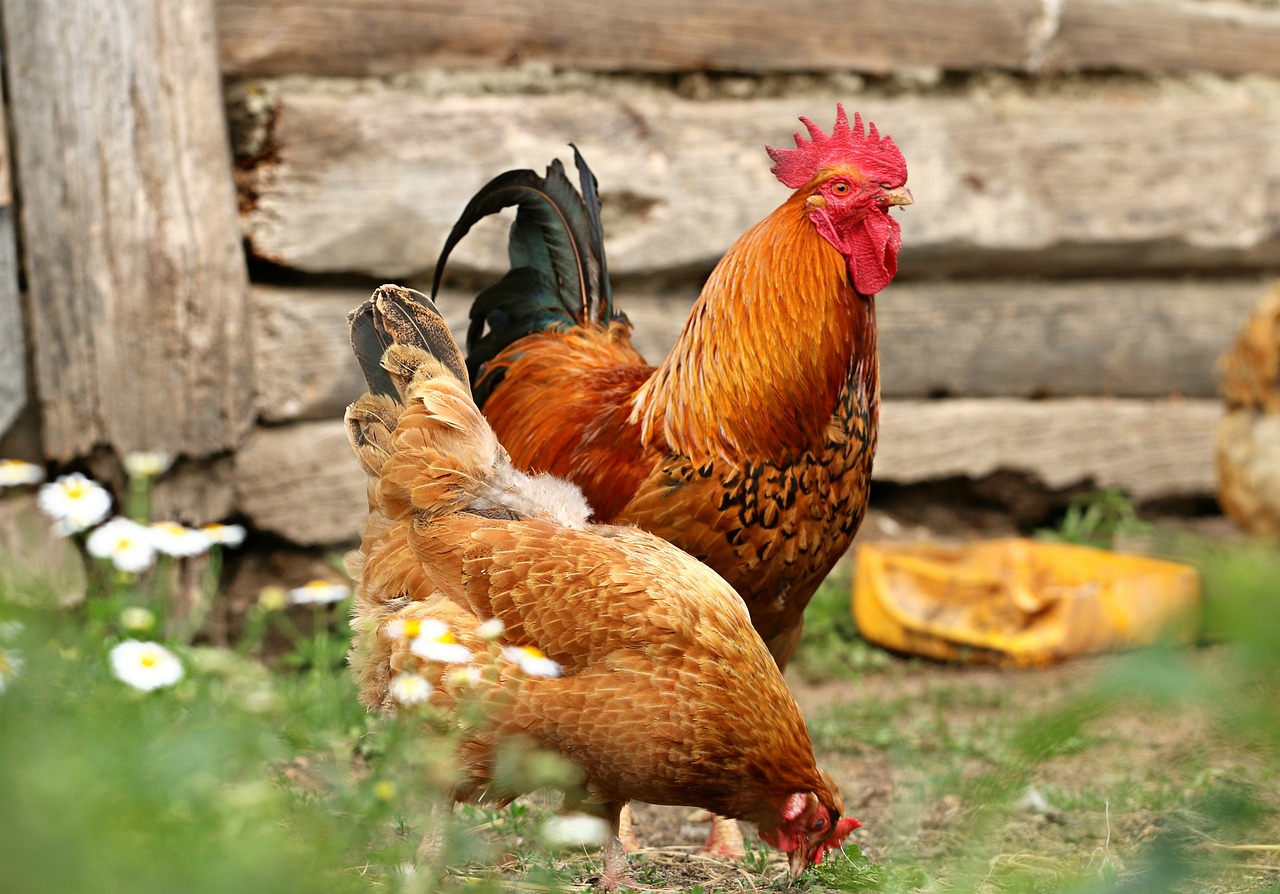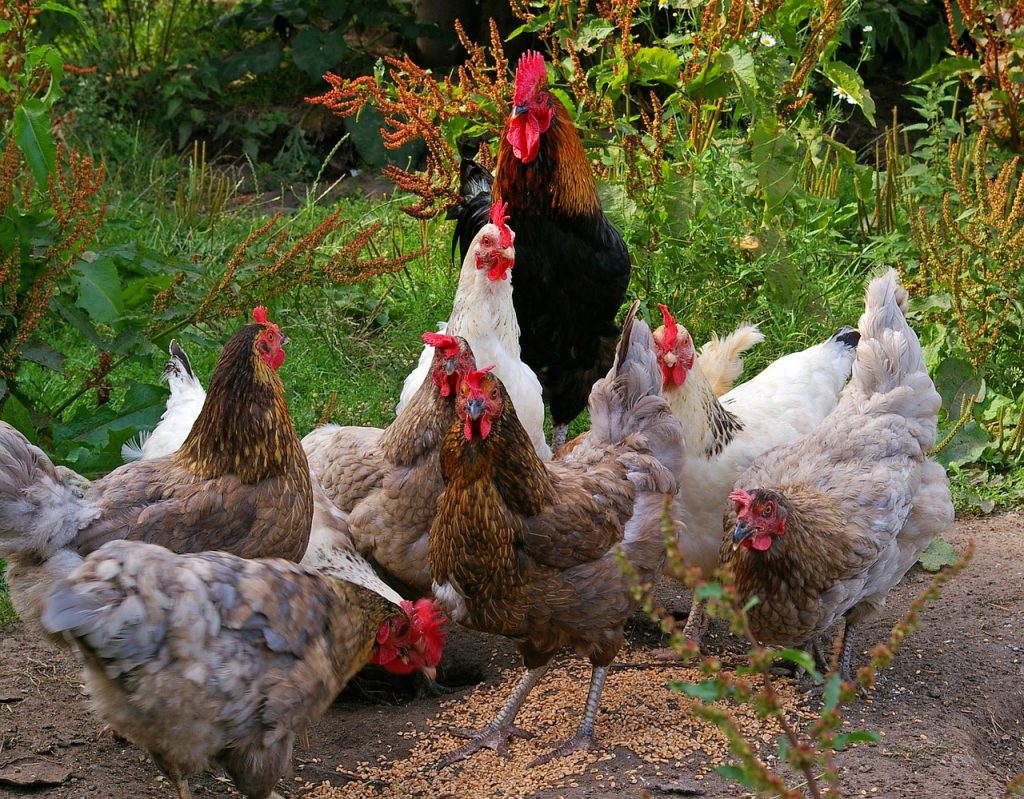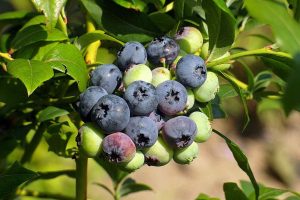Incorporating cover crops into your chicken management strategy can significantly improve the health and productivity of your flock. Cover crops not only provide forage for your chickens but also improve soil health, enhance biodiversity, and assist in pest management.
Alfalfa: The Nutritional Powerhouse
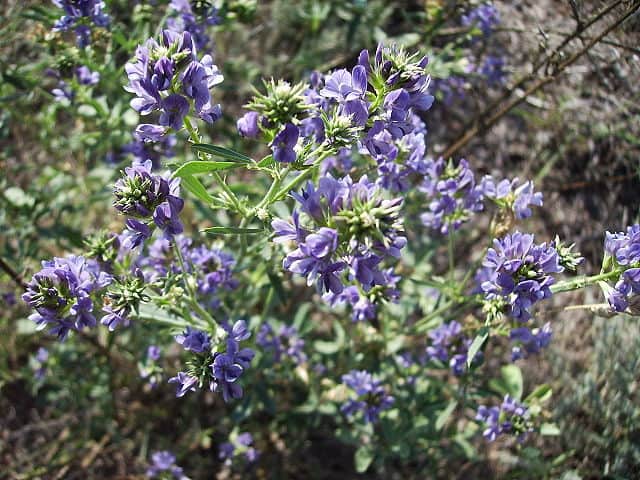
Alfalfa (Medicago sativa) is renowned for its nutritional density and is often considered a superfood for poultry. With a protein content that can exceed 20%, it provides essential amino acids crucial for growth and egg production. Additionally, alfalfa is rich in vitamins A, D, E, and K, along with minerals like calcium and magnesium, contributing to overall chicken health.
Growing alfalfa as a cover crop is beneficial for several reasons. When chickens forage on alfalfa, they consume not only the leaves but also the seeds and stems, all of which help fulfill their dietary requirements. This fiber-rich forage aids in digestion, promoting gut health and reducing the risk of conditions such as fatty liver disease.
Moreover, alfalfa’s deep taproot systems improve soil aeration and nutrient uptake, enhancing soil structure and fertility. As a nitrogen-fixing plant, it contributes to soil enrichment, creating a more sustainable environment for both crops and livestock. When alfalfa is tilled back into the soil, it releases its stored nitrogen, benefitting future plantings and ensuring continuous growth.
Keep in mind that alfalfa can take some time to establish, so consider interplanting it with quick-growing annuals or allowing for rotational grazing while waiting for your cover crop to flourish.
Clover: The Versatile Forage
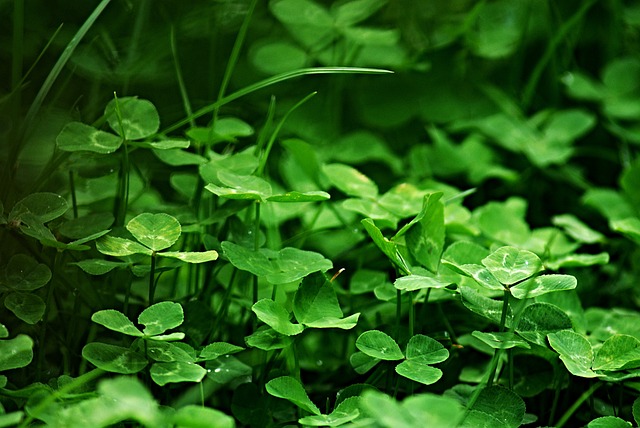
Clover, particularly varieties like red clover (Trifolium pratense) and white clover (Trifolium repens), serves as an excellent cover crop for chickens due to its palatability and nutritional profile. Clover boasts a balance of protein and carbohydrates, making it an enticing foraging option that chickens enjoy.
As a perennial plant, white clover can offer year-round ground cover, reducing erosion and combating weed growth. This ecological benefit translates into a healthier environment for your flock, as fewer weeds typically mean fewer pests. The presence of clover can help draw away certain bugs while providing a natural habitat for beneficial insects that prey on harmful pests.
Clover is also a fantastic nitrogen fixer, supporting soil health for subsequent crops. In an integrated system, it can be used as a ground cover in chicken runs and garden beds, allowing chickens to forage while benefiting the soil. The activity of scratching and pecking by the chickens also helps weed the clover, reducing maintenance requirements in your garden.
Regularly rotating or overseeding clover can maintain its vigor and density, ensuring your chickens continually have access to a nutritious food source. In addition, clover’s ability to attract pollinators and beneficial insects contributes to an overall thriving farm ecosystem.
Rye: The Resilient Champion
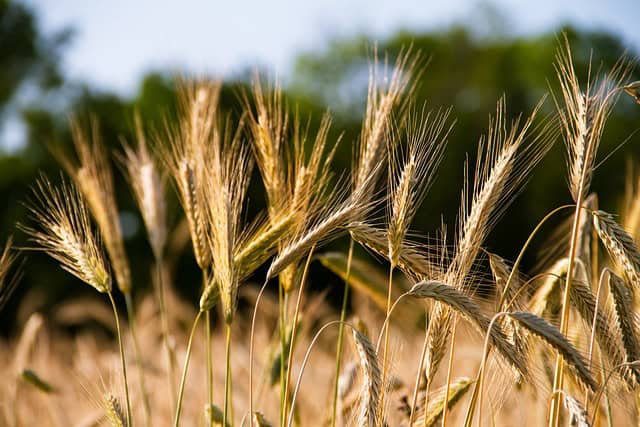
Rye (Secale cereale) is an exceptional cover crop known for its hardiness and ability to thrive in less-than-ideal soils, exhibiting drought tolerance and resilience in cold weather. As a winter annual, rye can be planted in late summer or early fall and provides considerable biomass. When spring arrives, rye can provide essential nutrients for chickens through its lush foliage before being tilled into the soil as green manure.
One of rye’s remarkable features is its extensive root systems. These roots not only protect against soil erosion but also promote organic matter buildup while improving soil structure. By growing rye in your chicken area, you can enhance soil fertility, allowing for healthier plant growth in subsequent seasons.
Chickens will benefit from foraging on rye, enjoying tender blades and seeds. This high fiber content can contribute to positive digestive health, and the seeds, which are rich in carbohydrates, provide energy. Furthermore, rye’s allelopathic properties—its ability to suppress weed growth—can help maintain a clean and manageable coop environment.
Another advantage of rye is its effective pest management properties. As a cover crop, it can help suppress nematodes and other soil-borne pathogens, creating a healthier environment for your chickens. It’s advisable to mow rye at the right time before planting your next crop to ensure that its residual effects continue to benefit your soil.
Oats: The Energizing Forage
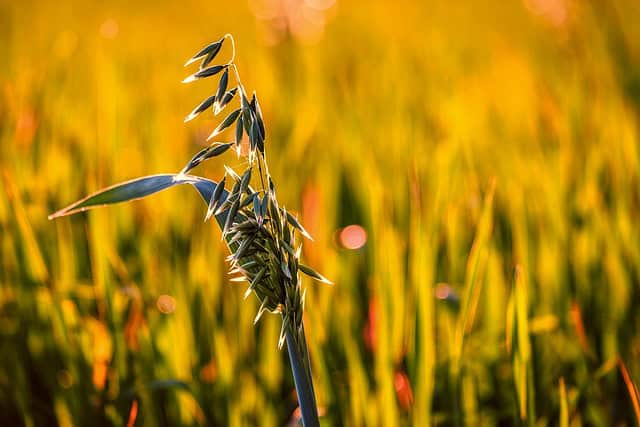
Oats (Avena sativa) are an ideal cover crop for chickens, particularly because of their superior digestibility and high-energy content. Rich in carbohydrates and containing about 12-15% protein, oats serve as an excellent source of energy that can support your chickens’ growth and productivity. When given access to oat shoots and tender leaves, chickens enjoy foraging on these nutritious greens, which can promote well-being and egg production.
In addition to their feeding benefits, oats play a vital role in soil health. Their extensive root system helps improve soil structure and prevent erosion, making them an excellent choice for controlling runoff during rainy seasons. Oats are also quick-growing, allowing for fast establishment that effectively outcompetes weeds, which is crucial in maintaining a clean and productive environment for your chickens.
Another remarkable trait of oats is their ability to suppress soil-borne diseases and pests. Their high silica content contributes to a healthier soil microbiome, creating an unwelcoming environment for pathogens. By including oats in your cover crop rotation, you can help bolster soil health while providing your flock with an energizing and nutritious forage option.
Barley: The Resilient Contributor
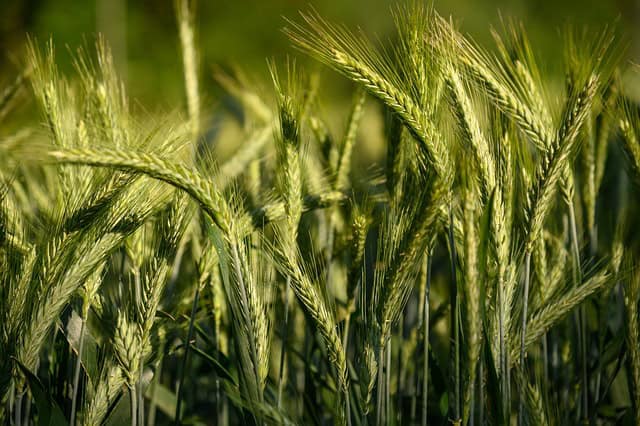
Barley (Hordeum vulgare) is a hardy cereal grain that excels as a cover crop for chickens, particularly in cooler climates. Not only does barley provide a nutritious forage option, but it also performs well in poor soil conditions, making it a resilient choice for diverse growing environments. With around 12-14% protein content, barley grains contribute valuable nutrients vital for a chicken’s diet and are particularly beneficial during periods of increased energy demand, such as molting or the winter months.
Barley is also notable for its soil-enhancing properties. This cover crop has deep roots that help improve soil aeration and water infiltration, reducing compaction and enhancing overall soil health. When when integrated into your chicken run, barley can lead to a more vibrant ecosystem, supporting beneficial microbes that enrich the soil.
Moreover, barley has allelopathic properties, which means it can suppress the growth of weeds and certain pest species. By growing barley in your chicken areas, you can create a more controlled environment that minimizes invasive plants, allowing you to focus more on caring for your flock. When your chickens access barley foraging area, they’ll benefit from its nutrient-rich foliage, which can also help reduce feed costs in the long run.
Wheat: The Nutritious Foundation
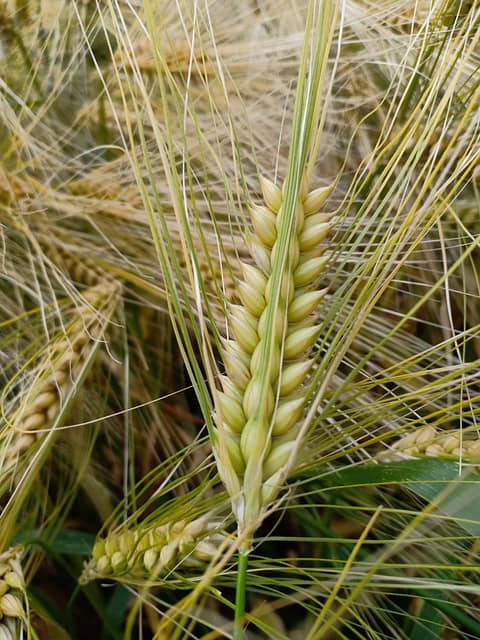
Wheat (Triticum spp.) is another versatile and beneficial cover crop for chickens, offering a combination of high energy and nutritional value. With a protein content that typically ranges from 11-14%, wheat can serve as a substantial food source for your flock. In addition to its grains, both wheat shoots and leaves provide a crunchy and flavorful foraging option that chickens find irresistible.
Growing wheat as a cover crop offers significant soil health benefits. Its fibrous root system plays a crucial role in preventing erosion, enhancing soil aggregation, and contributing organic matter as the crop breaks down. This organic matter benefits the soil ecosystem, allowing for improved moisture retention and nutrient cycling, which creates a sustainable environment for future plantings.
Wheat also acts as an excellent pest management tool, attracting both beneficial insects and birds that feed on pests. The shade and cover provided by a dense growth of wheat can offer shelter to ground-dwelling beneficials, further enhancing the biodiversity of your farming area. Additionally, chickens scratching in well-established wheat can break pest cycles naturally, acting as a form of biological pest control.
Furthermore, wheat can be grown in rotation with other crops, allowing for continuous soil improvement and a consistent forage supply for chickens. This flexibility makes wheat an excellent choice in a cover crop system, particularly for farmers looking to sustain both crop and livestock production in harmony.
Cowpeas: The Nitrogen Fixer

Cowpeas (Vigna unguiculata), also known as black-eyed peas, are an exceptional cover crop that brings a multitude of benefits to both your soil and your chickens. Unlike typical grains, cowpeas are legumes, allowing them to fix atmospheric nitrogen into the soil, improving its nutrient content significantly. This natural process enhances soil fertility and prepares a healthy environment for future crops.
In terms of nutrition, cowpeas are a powerhouse for chickens. With a protein content that can reach up to 25%, they provide essential amino acids needed for growth, egg production, and overall health. When allowed to forage on tender cowpea vines and leaves, chickens not only enjoy a diverse diet but also consume natural vitamins and minerals that are beneficial for their immune system and vitality.
Cowpeas are also remarkably resilient to various environmental stresses, including drought and poor soil conditions. This adaptability makes them an excellent choice for farmers in challenging climates. Additionally, when chickens are allowed to range in areas planted with cowpeas, their foraging behavior helps control weeds while simultaneously benefiting from the lush green foliage. Incorporating cowpeas into your rotation not only supports your flock but also contributes to sustainable agricultural practices.
Kale: The Nutrient-Dense Green
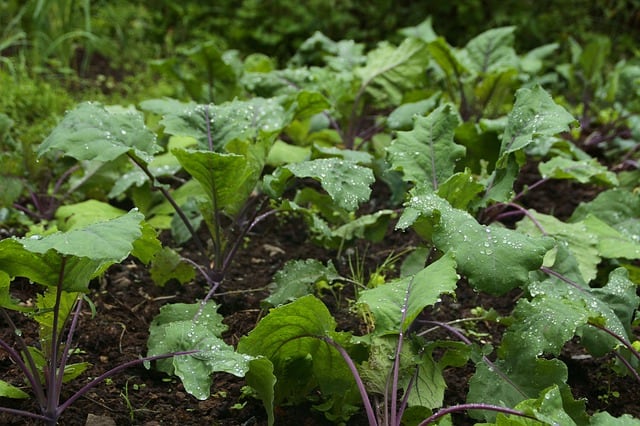
Kale (Brassica oleracea var. sabellica) has gained popularity as a superfood for humans, but it’s equally beneficial for chickens. As a cover crop, kale excels in providing high nutritional value, rich in vitamins A, C, and K, and containing essential minerals like calcium and magnesium. The leafy greens are a fantastic source of dietary fiber that aids in digestion and promotes gut health in chickens.
Growing kale can also enhance the biodiversity of your farm. Its vibrant foliage attracts a variety of beneficial insects, including pollinators and pest-eating predators, contributing to a balanced ecosystem. Moreover, kale’s growth habit can offer shade for chickens during hot summer months, promoting their welfare.
Kale is a hardy plant that can thrive in diverse climates and soil types. It performs exceptionally well in cooler weather, making it a suitable choice for fall and winter cover cropping. Once it’s established, chickens can forage directly from the plants, enjoying the nutritious leaves while helping to manage pests and weeds around your garden or coop.
For those in colder regions, consider planting kale as part of a winter cover crop mix. With its ability to continue growing in cooler temperatures, kale can provide a fresh forage source for your chickens even in the off-season, supporting their dietary needs throughout the year.
Rabe: The Versatile Foraging Green
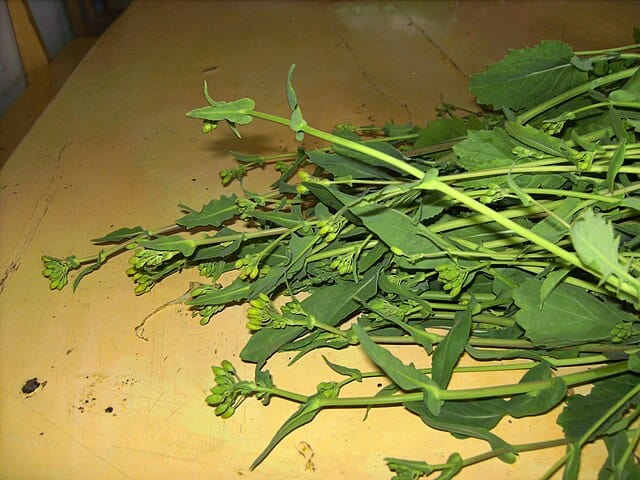
Rabe, or broccoli raab (Brassica rapa subsp. rapa), is an unusual but increasingly popular choice for chicken keepers looking to enrich their flock’s diet. Known for its tender leaves and edible flower buds, rabe packs a punch in terms of nutritional content with high levels of vitamins and minerals, including folate, vitamins C and K, and various antioxidants. This nutrient-dense green contributes positively to the overall health of your chickens and supports robust egg production.
As a cover crop, rabe has several unique characteristics that make it appealing. Its fast growth allows it to compete effectively with weeds, and when tilled back into the soil, it adds organic matter, improving soil structure and fertility. Rabe can be grown in various climates but thrives best in cooler temperatures, making it an excellent option for shoulder seasons in spring and fall.
The flowering tops of rabe are especially attractive to chickens, providing a crunchy texture and enhanced flavor that can entice even picky eaters. Allowing your flock to forage on rabe not only diversifies their diet but also keeps them engaged and active as they scratch and peck.
Moreover, like kale, rabe can attract beneficial insects to your garden. Its flowers serve as a nectar source, encouraging pollinators to visit. This increased biodiversity can contribute to a thriving ecosystem, leading to healthier plants and pest cycles.
Turnips: The Dual-Purpose Powerhouse
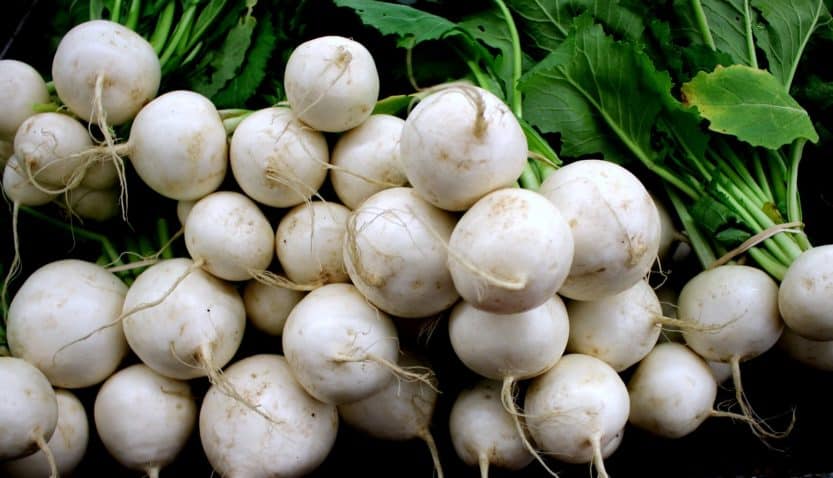
Turnips (Brassica rapa subsp. rapa) are a versatile cover crop that can serve both as an excellent source of forage for chickens and as a means to improve soil health. Known for their hearty leaves and nutrient-rich roots, turnips provide a full-spectrum diet for your flock. The leaves are packed with vitamins A, C, and K, while the roots serve as a crunchy, energy-dense treat that chickens enjoy digging into.
What sets turnips apart is their ability to develop deep taproots. This characteristic allows them to break up compacted soil, facilitating better water infiltration and aeration. As the turnip plants grow, they help improve the overall soil structure and increase organic matter as they decompose, enhancing soil fertility for future crops.
Using turnips as a cover crop also supports pest management. The rapid growth of turnips tends to suppress weeds and can displace many unwanted pests. Additionally, turnips attract a variety of beneficial insects, fostering a balanced ecosystem. Chickens foraging in turnip fields will overall experience natural pest control while directly interacting with the plant, contributing to their nutrition and well-being.
Furthermore, turnips are adaptable to a range of growing conditions and can be planted late in the season, providing a crucial source of forage during the cooler months when other crops may be scarce.
Mustard: The Pest-Controlling Green
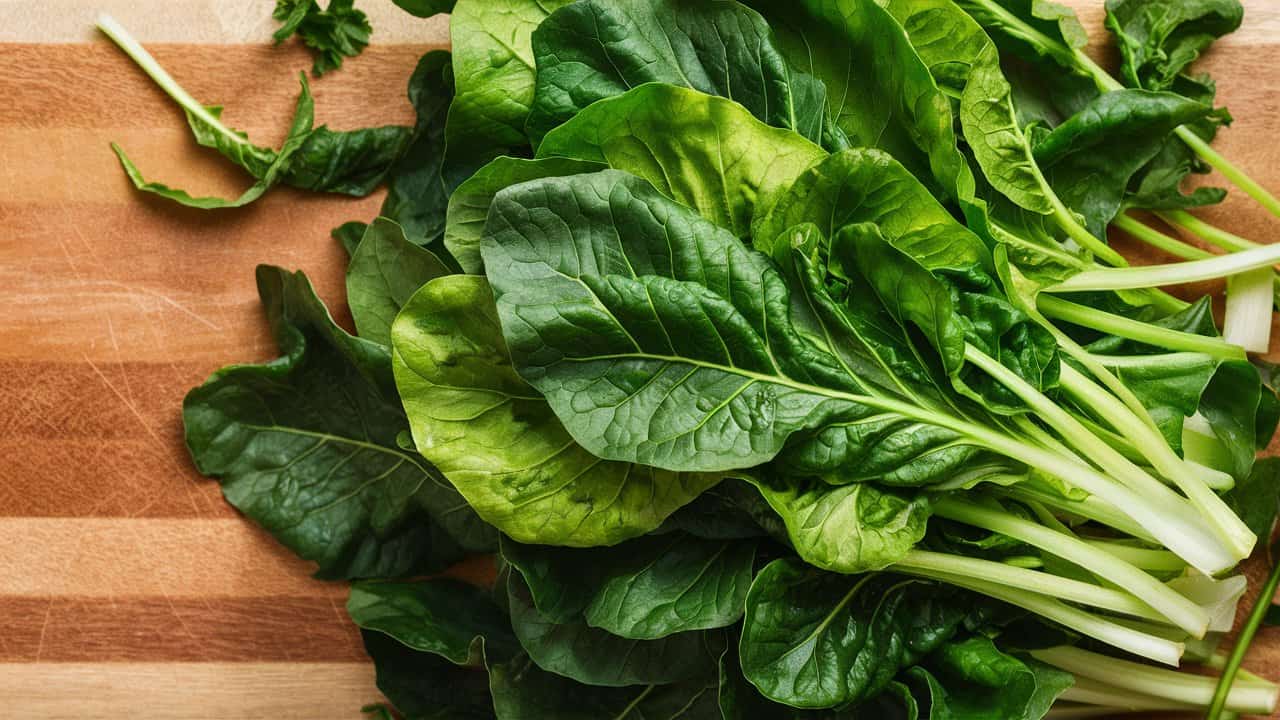
Mustard (Brassica nigra and Brassica juncea) serves as both a potent cover crop and a forage option for chickens. Rich in sulfur compounds, mustard plants are renowned for their ability to act as natural biofumigants, suppressing nematodes and pathogenic fungi in the soil. This makes mustard an excellent choice for improving soil health and managing pests in both the immediate and long term.
One noteworthy characteristic of mustard is its quick growth and nutrient density. Mustard greens provide a delicious and nutritious forage source for chickens, packed with vitamins and minerals essential for their well-being. The tender leaves are not only appetizing but also encourage natural foraging behaviors, allowing chickens to engage in their instinctive scratching and pecking routines.
In addition to its nutritional benefits, mustard plants can help break weed cycles due to their rapid establishment and dense canopy. This creates a protective layer over the soil, preventing weed seed germination while offering additional habitat for insect predators. By including mustard in your cover cropping rotation, you contribute to a healthier soil ecosystem and provide your chickens with a nourishing and exciting forage option.
Planting mustard also allows for effective crop rotation, as it can be sown in the fall and incorporated into the soil before planting summer crops. This contributes organic matter to the soil, enhancing its fertility while simultaneously feeding your flock.
Buckwheat: The Fast-Growing Benefactor
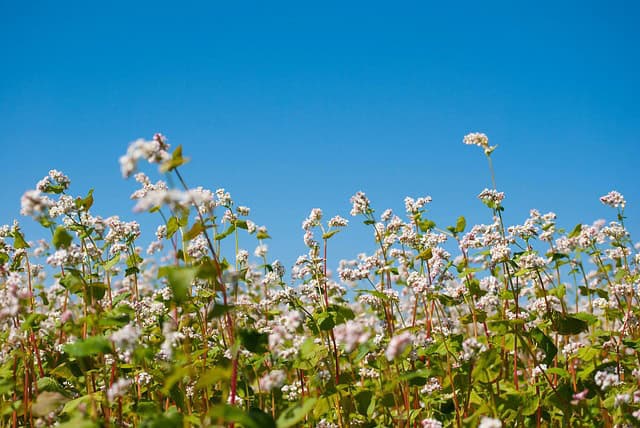
Buckwheat (Fagopyrum esculentum) stands out as one of the fastest-growing cover crops available, making it particularly useful for quick soil improvement and forage. Within just 30 to 45 days of planting, buckwheat can reach full bloom, providing chickens with an abundant supply of nutritious leaves and seeds. Rich in protein, vitamins, and minerals, buckwheat complements a chicken’s diet, offering a foraging experience that promotes health and vitality.
Beyond its nutritional benefits, buckwheat plays a significant role in improving soil health. Its shallow, fibrous roots help to bind soil particles together, reducing erosion and enhancing soil structure. Once tilled back into the ground, the decaying buckwheat adds organic matter, improving overall soil fertility and water retention.
Moreover, buckwheat is known for its abilities to attract pollinators and beneficial insects. Its flowering phase lures bees and other helpful insects, promoting biodiversity in your farm ecosystem. This not only supports crops nearby that require pollination but also encourages a balanced environment that minimizes pest populations.
For chickens, buckwheat presents a delightful foraging opportunity. The seeds can be a special treat, while the leaves provide essential nutrition. Additionally, the birds’ foraging behavior can help manage weeds, further aiding in the maintenance of your garden or chicken run.
Benefits to Growing Cover Crops for Chicken Feed
Continuing our exploration of cover crops for chickens, it’s essential to discuss the myriad benefits of growing these crops specifically for poultry feed. Incorporating cover crops into your chicken management strategies not only enhances the diet of your flock but also contributes to sustainable farming practices. Let’s delve into the rewards of growing cover crops designed to enrich chicken feed.
Nutritional Diversity
One of the most compelling benefits of growing cover crops for chicken feed is the enhanced nutritional diversity they provide. Chickens benefit immensely from a varied diet, which can lead to improved health, increased egg production, and better overall well-being. Cover crops like kale, turnips, and cowpeas supply essential vitamins, minerals, and fiber that may not be present in standard organic feed. By offering a rich assortment of nutrients, you can foster stronger immune systems and more resilient birds.
Chickens enjoy foraging for these crops, allowing them to engage in natural behaviors that not only support their physical health but also provide mental stimulation. The act of scratching and pecking at diverse plant materials can lead to happier and more active birds, further enhancing their quality of life.
Cost-Effectiveness
Growing your own cover crops to supplement chicken feed can significantly reduce feed costs, particularly for small-scale farmers or backyard poultry keepers. Conventional poultry feed can be expensive, and incorporating homegrown cover crops can offset these costs while still ensuring that your chickens receive the necessary nutrients.
By strategically planting high-protein cover crops like cowpeas or legumes such as vetch, you can create an accessible source of nutrition right in your backyard. Not only will this practice lower your spending on feed, but it also allows you to grow crops suited to your specific soil and environmental conditions, optimizing the use of available resources.
Improved Soil Health
Another significant advantage of growing cover crops for chicken feed is the positive impact on soil health. Cover crops help to build soil structure, improve moisture retention, and increase organic matter. When these crops are incorporated back into the soil or left to decompose, they provide valuable nutrients that support both the health of your hens and the development of future crops.
Healthy soil cultivates healthier plants, which, in turn, leads to richer forage for your chickens. Healthy plants are more resistant to pests and diseases, reducing the need for chemical inputs and allowing for a more organic approach to poultry farming. By prioritizing the growth of cover crops, you contribute to a sustainable cycle that nourishes both your flock and the earth.
Pest Management and Weed Control
Growing cover crops provides effective pest management and weed control, making the overall farming process more sustainable. Many cover crops, such as mustard and buckwheat, suppress weeds through rapid growth and dense planting. This minimizes competition for resources, ensuring that your chickens have access to the best forage possible.
Additionally, certain cover crops have natural pest-repelling qualities. For instance, mustard can act as a biofumigant, suppressing harmful nematodes and other pests in the soil. When chickens are allowed to forage in areas planted with cover crops, they help control insect populations as they instinctively search for pests to eat, resulting in fewer pest-related problems over time. This integrated pest management approach can lower the reliance on chemical pesticides, promoting a healthier environment for both your chickens and your surrounding ecosystem.
Environmental Sustainability
Lastly, the practice of growing cover crops for chicken feed aligns seamlessly with broader principles of environmental sustainability. Cover crops can protect against soil erosion, improve water quality by reducing runoff, and enhance biodiversity within your farming system. These benefits contribute to overall ecosystem health, ensuring that the land remains productive for future generations.
By adopting cover crops, you are taking an active role in fostering a regenerative agricultural cycle that supports not only poultry but also a range of other flora and fauna. This holistic approach to farming allows you to produce food sustainably while maintaining the delicate balance of the natural world.
Conclusion
Growing cover crops for chickens presents a multitude of benefits that extend far beyond the immediate advantages to your flock. With improved nutritional diversity, cost-effectiveness, enhanced soil health, effective pest management, and commitment to environmental sustainability, cover crops can be a cornerstone of a successful and responsible poultry farming practice. By integrating this approach into your system, you can nourish your chickens while nourishing the earth, creating a thriving ecosystem for all. Embrace the potential of cover crops for chickens, and watch as your farm flourishes with each passing season.


